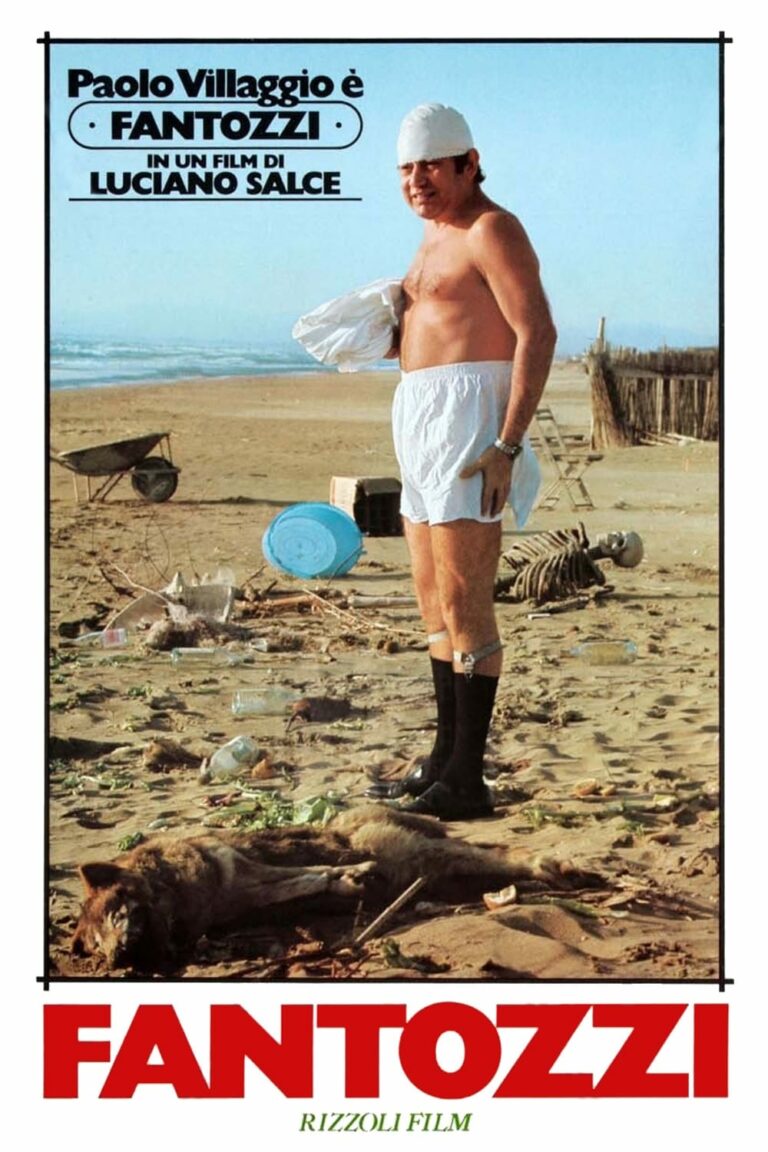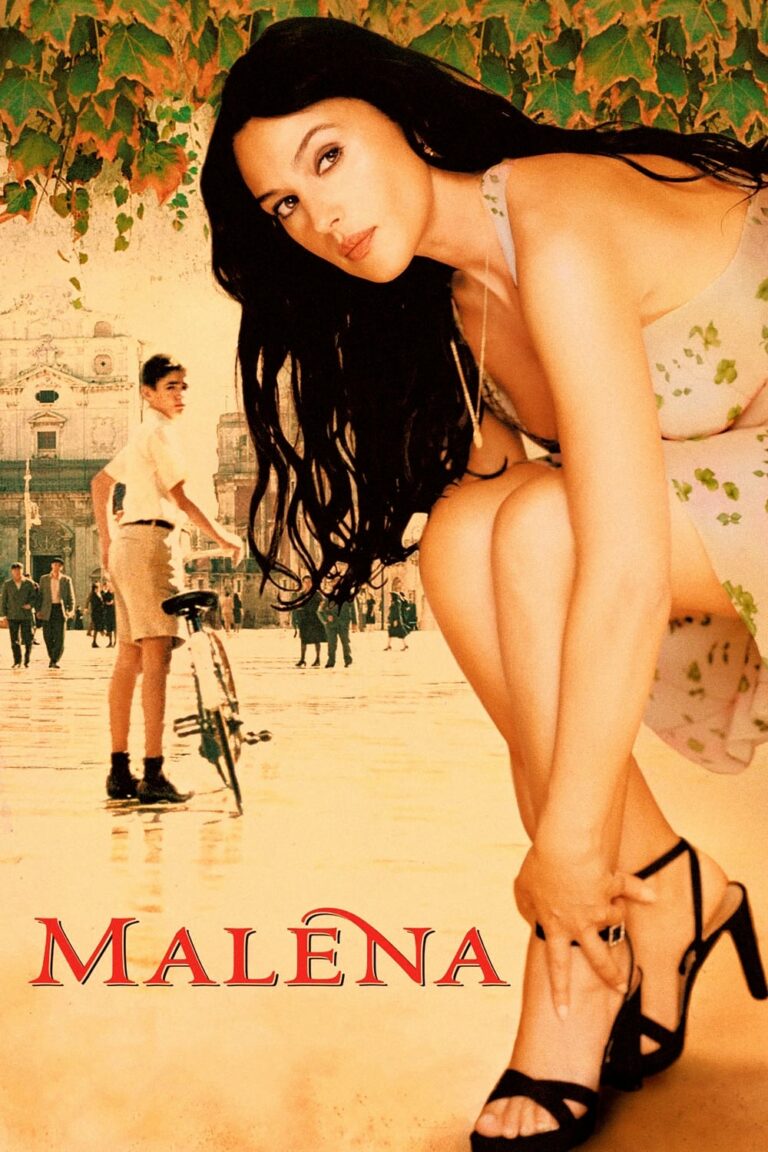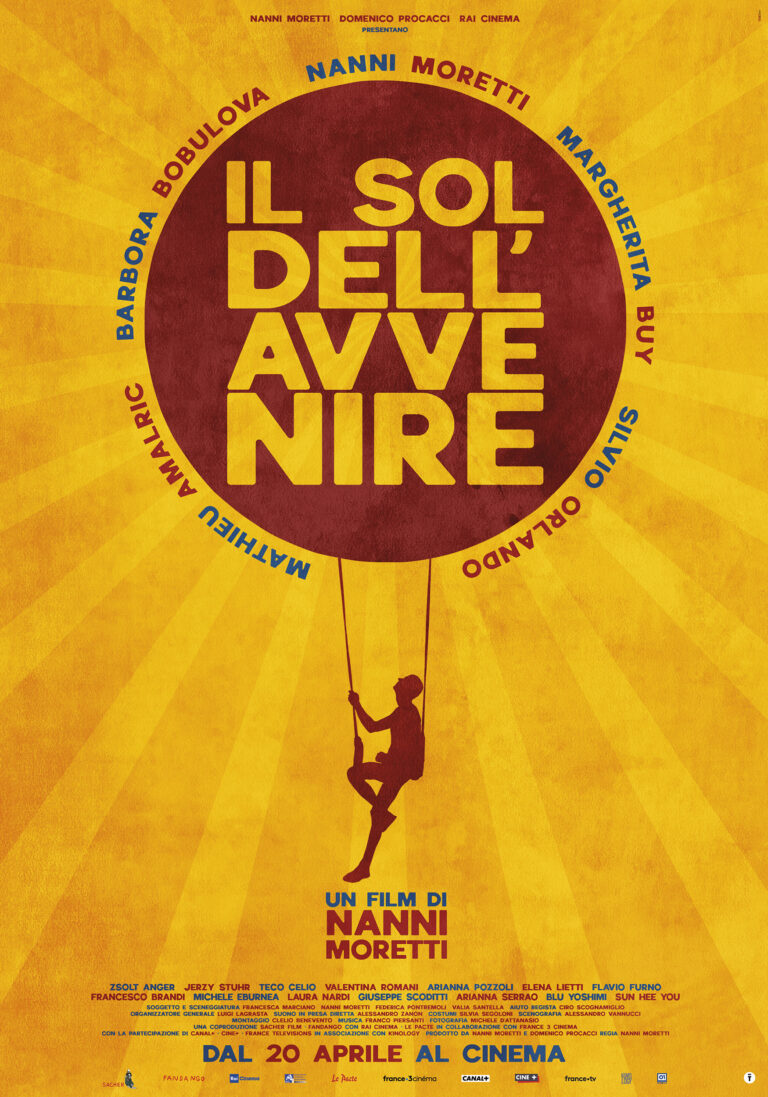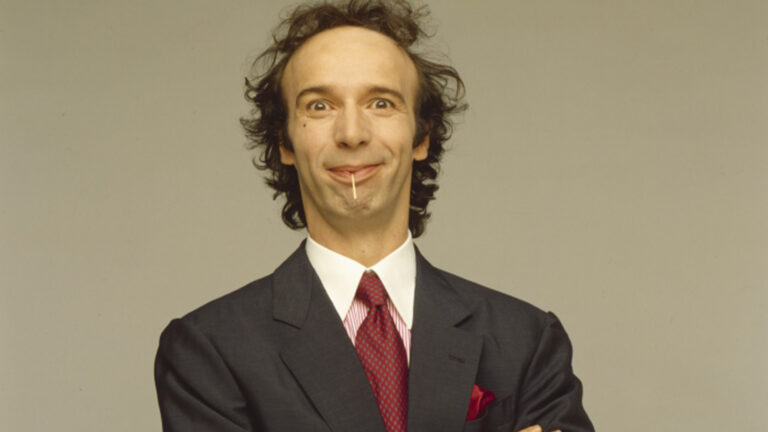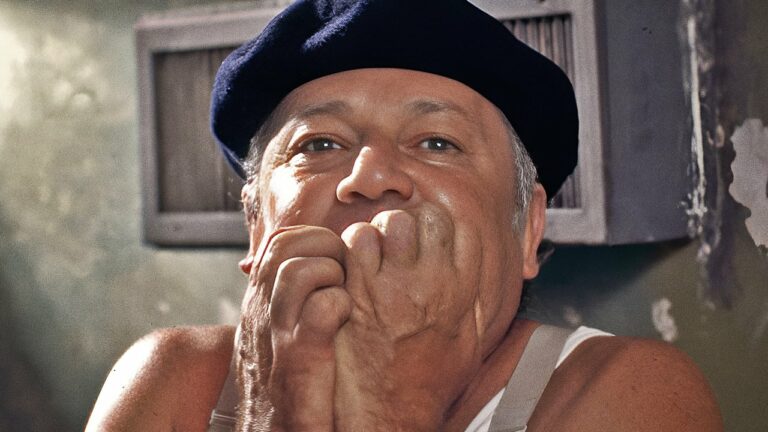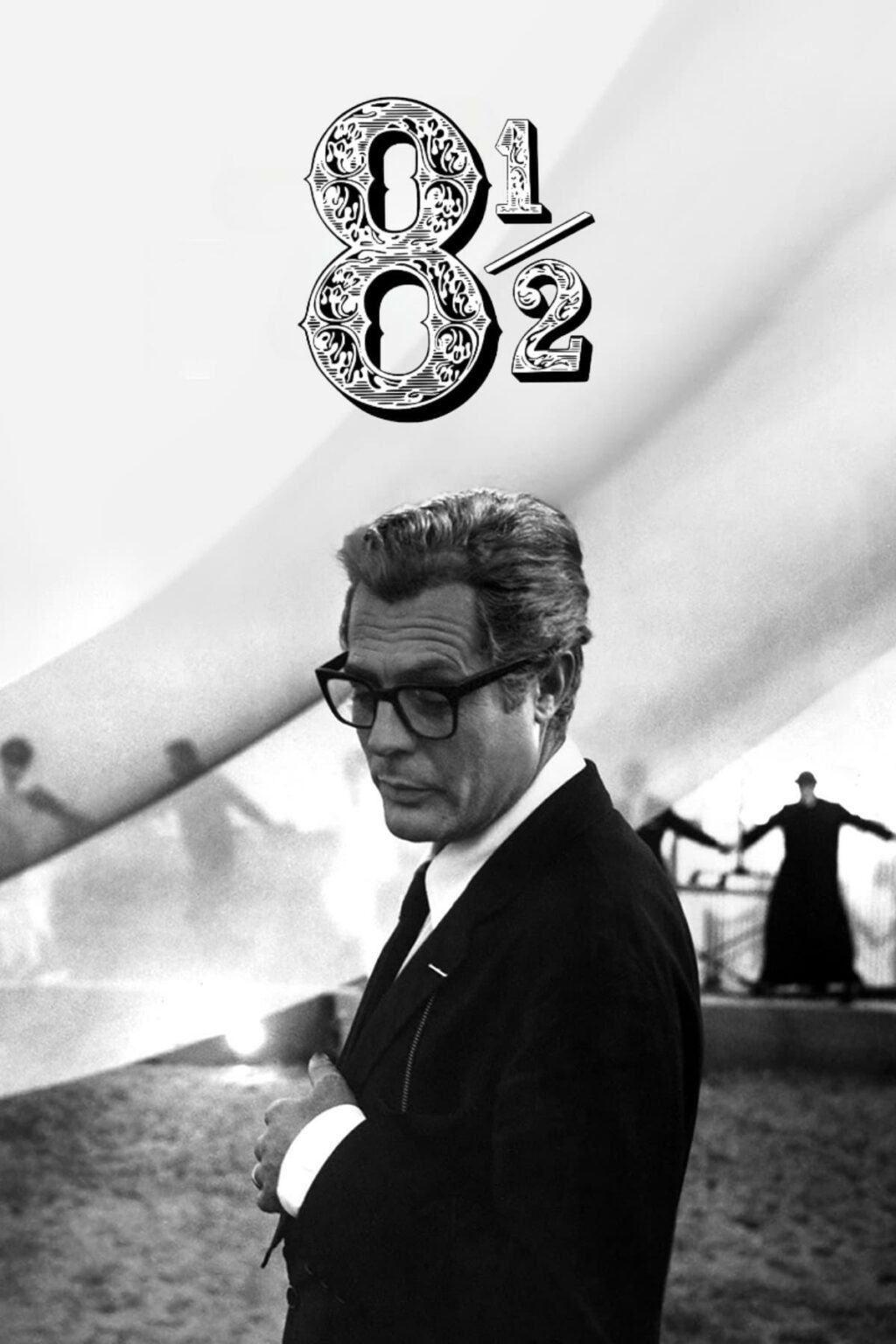
Federico Fellini’s 8½ is widely regarded as one of the greatest films ever made, a cinematic triumph that blurs the line between reality and fantasy while exploring the creative and personal struggles of its protagonist. Released in 1963, this semi-autobiographical masterpiece captures the essence of artistic turmoil and self-reflection, offering a unique glimpse into Fellini’s own psyche. With its groundbreaking narrative structure, surreal imagery, and profound themes, 8½ remains a timeless work that continues to inspire filmmakers and cinephiles alike.
The Plot: A Journey Through the Mind
The film follows Guido Anselmi (Marcello Mastroianni), a successful Italian filmmaker suffering from creative block as he attempts to start his next project. Haunted by self-doubt, personal dilemmas, and the pressures of his profession, Guido retreats into a dreamlike state where reality and imagination intertwine.
As the film unfolds, Guido grapples with unresolved relationships, including his wife Luisa (Anouk Aimée) and mistress Carla (Sandra Milo), while encountering a parade of characters from his past and present. These encounters take place in a series of fragmented, non-linear sequences that mirror the chaotic and disjointed state of Guido’s mind.
The title, 8½, reflects Fellini’s own career at the time, marking his eighth and a half film (seven features and a short film co-directed with another filmmaker). This playful nod to his oeuvre underscores the deeply personal nature of the work.
Themes Explored in 8½
1. The Struggles of Creativity
At its core, 8½ is an exploration of the creative process and the challenges that come with it. Guido’s inability to find inspiration mirrors Fellini’s own struggles during the production of the film. Through Guido’s journey, Fellini delves into the fears and doubts that plague artists: the fear of failure, the weight of expectations, and the quest for authenticity in a world filled with distractions.
2. Memory and Identity
The film is a tapestry of Guido’s memories, dreams, and fantasies, all of which shape his sense of self. Flashbacks to Guido’s childhood, particularly scenes involving his strict Catholic upbringing and formative experiences with women, reveal how the past continues to influence his present. Fellini uses these moments to explore how identity is constructed from a blend of personal history and imagination.
3. The Complexity of Relationships
Guido’s interactions with the women in his life form a central part of the narrative. His wife, Luisa, represents stability and morality, while his mistress, Carla, embodies sensuality and escapism. Other women, such as Claudia (Claudia Cardinale), a muse-like figure, serve as symbols of idealized love and unattainable perfection. These relationships highlight Guido’s inner conflict between desire, duty, and the pursuit of an ideal that may not exist.
4. The Absurdity of Life
Fellini imbues the film with a sense of absurdity and humor, often presenting Guido’s struggles and interactions in a satirical light. The chaos surrounding the production of his film-within-the-film reflects the absurdities of the film industry, while Guido’s own indecision and evasiveness are portrayed with a touch of irony.
Visual and Narrative Innovation
One of the defining features of 8½ is its unconventional narrative structure. Eschewing traditional linear storytelling, Fellini employs a stream-of-consciousness style that mirrors the way memories and dreams surface in the human mind. This approach allows the film to flow seamlessly between reality and fantasy, creating a dreamlike atmosphere that keeps viewers captivated.
The cinematography by Gianni Di Venanzo is another standout aspect of the film. Shot in stark black-and-white, the visuals enhance the film’s surreal and introspective tone. From the opening dream sequence of Guido trapped in a traffic jam to the fantastical scenes of his childhood and fantasies, every frame is meticulously crafted to evoke emotion and meaning.
The Role of Marcello Mastroianni
Marcello Mastroianni’s performance as Guido is central to the film’s success. With his trademark charm and understated vulnerability, Mastroianni embodies the character’s inner turmoil and existential crisis. His portrayal captures Guido’s contradictions—both his arrogance and insecurity, his charm and selfishness—making him a relatable and deeply human protagonist.
Mastroianni’s nuanced performance allows viewers to empathize with Guido, even as he navigates morally ambiguous territory. His ability to seamlessly shift between moments of humor, melancholy, and introspection adds depth to the character and anchors the film’s complex narrative.
Fellini’s Cinematic Language
Fellini’s use of surrealism and symbolism is at the heart of 8½. The film’s dream sequences and fantastical imagery are not just visual spectacles; they serve as windows into Guido’s subconscious. Key scenes, such as Guido’s fantasy of escaping with all the women in his life or his vision of a childhood punishment, are rich with metaphor and open to interpretation.
Music also plays a crucial role in the film’s emotional impact. Nino Rota’s score, with its whimsical and haunting melodies, perfectly complements the film’s tone, enhancing both its humor and pathos.
Legacy and Influence
8½ was a critical and commercial success upon its release, winning the Academy Award for Best Foreign Language Film and the Grand Prize at the 1963 Moscow International Film Festival. It has since become a cornerstone of world cinema, inspiring countless filmmakers, including Martin Scorsese, Woody Allen, and Terry Gilliam.
The film’s exploration of artistic struggle and its blending of reality and fantasy have influenced many other works, from Allen’s Stardust Memories to Charlie Kaufman’s Synecdoche, New York. Its impact extends beyond the realm of film, with its themes resonating across various forms of art and literature.
Why 8½ Remains Relevant
More than just a film about filmmaking, 8½ is a profound meditation on life, identity, and the human condition. Its themes are universal, speaking to anyone who has faced uncertainty, self-doubt, or the pressure to meet expectations.
Fellini’s ability to weave together humor, pathos, and surrealism creates a rich and layered experience that rewards repeated viewings. The film invites viewers to reflect on their own lives, dreams, and relationships, making it as meaningful today as it was in 1963.
Conclusion
Federico Fellini’s 8½ is a cinematic tour de force that transcends the boundaries of traditional storytelling. With its innovative structure, stunning visuals, and deeply personal themes, it stands as a testament to the power of film as an art form.
For those seeking a movie that challenges conventions while offering profound emotional insights, 8½ remains an essential experience. It is not just a film—it is a journey into the mind of a master filmmaker and, by extension, into the complexities of the human soul.
